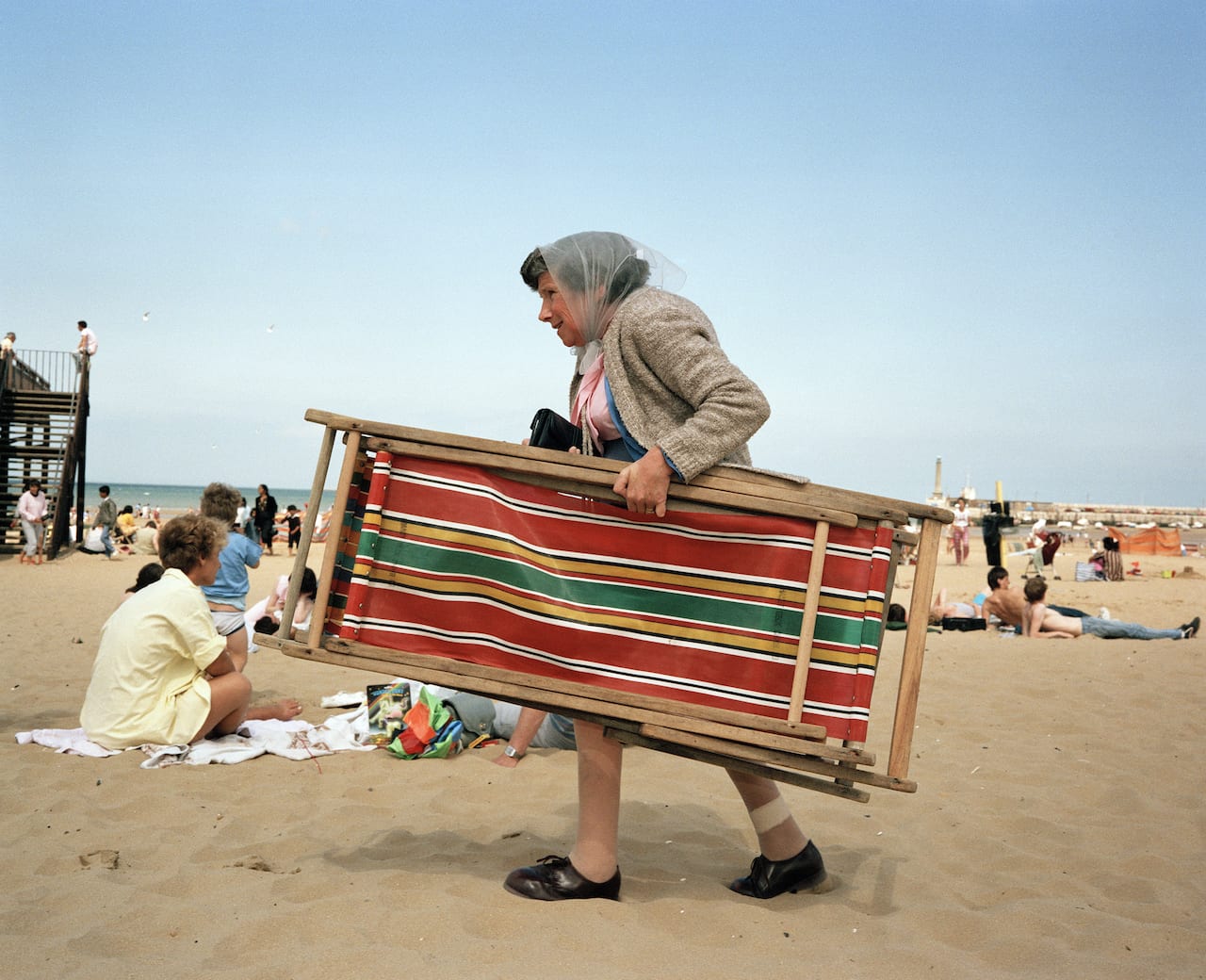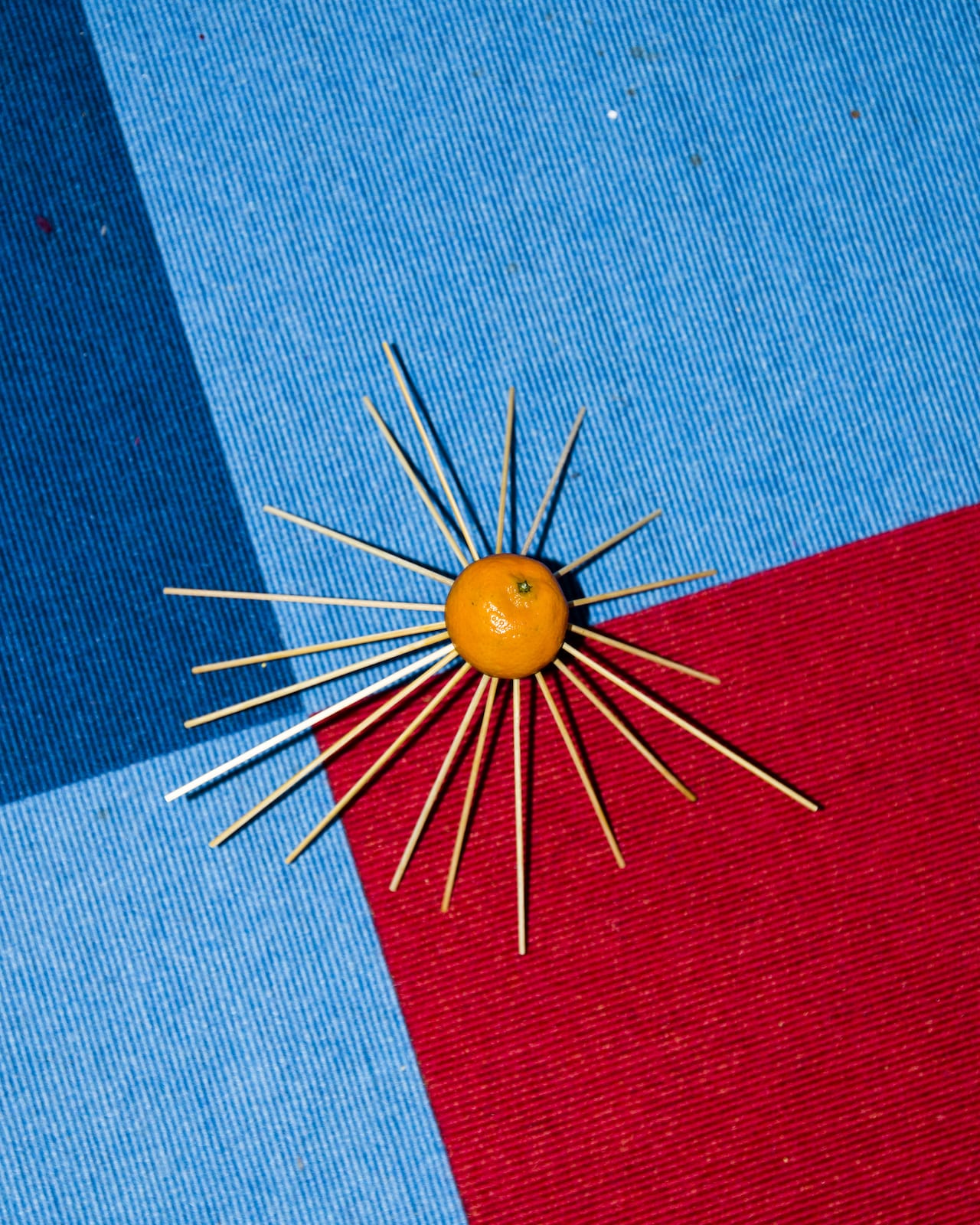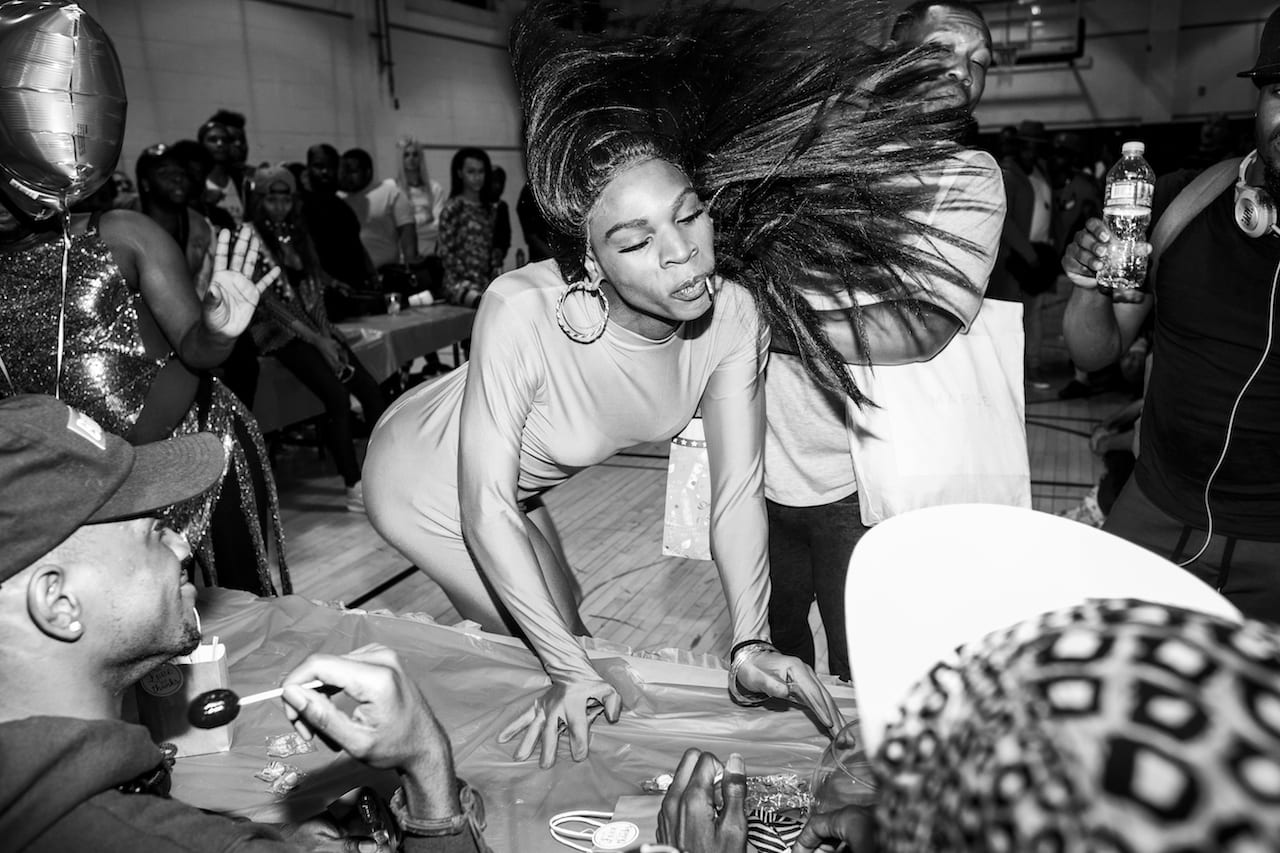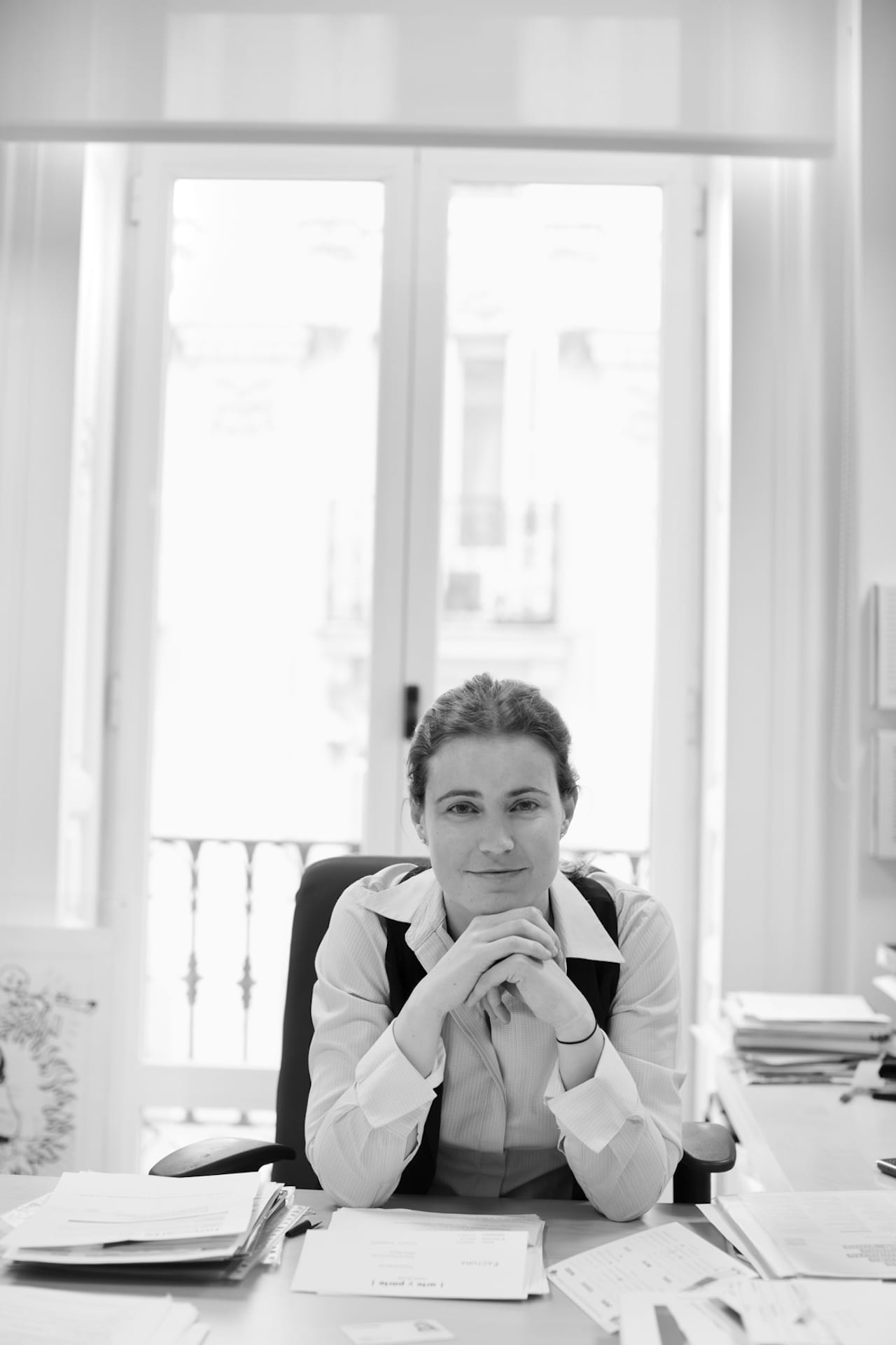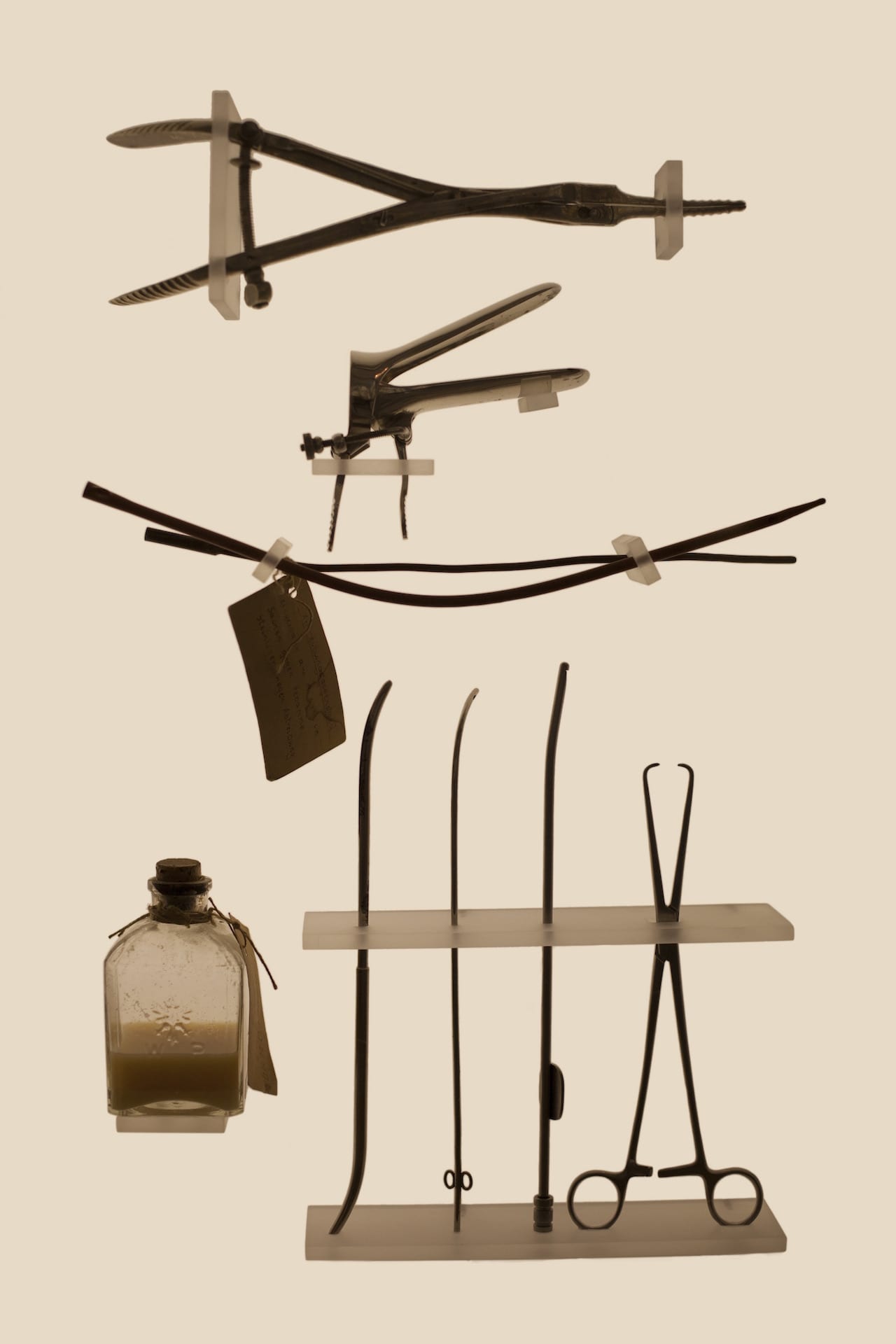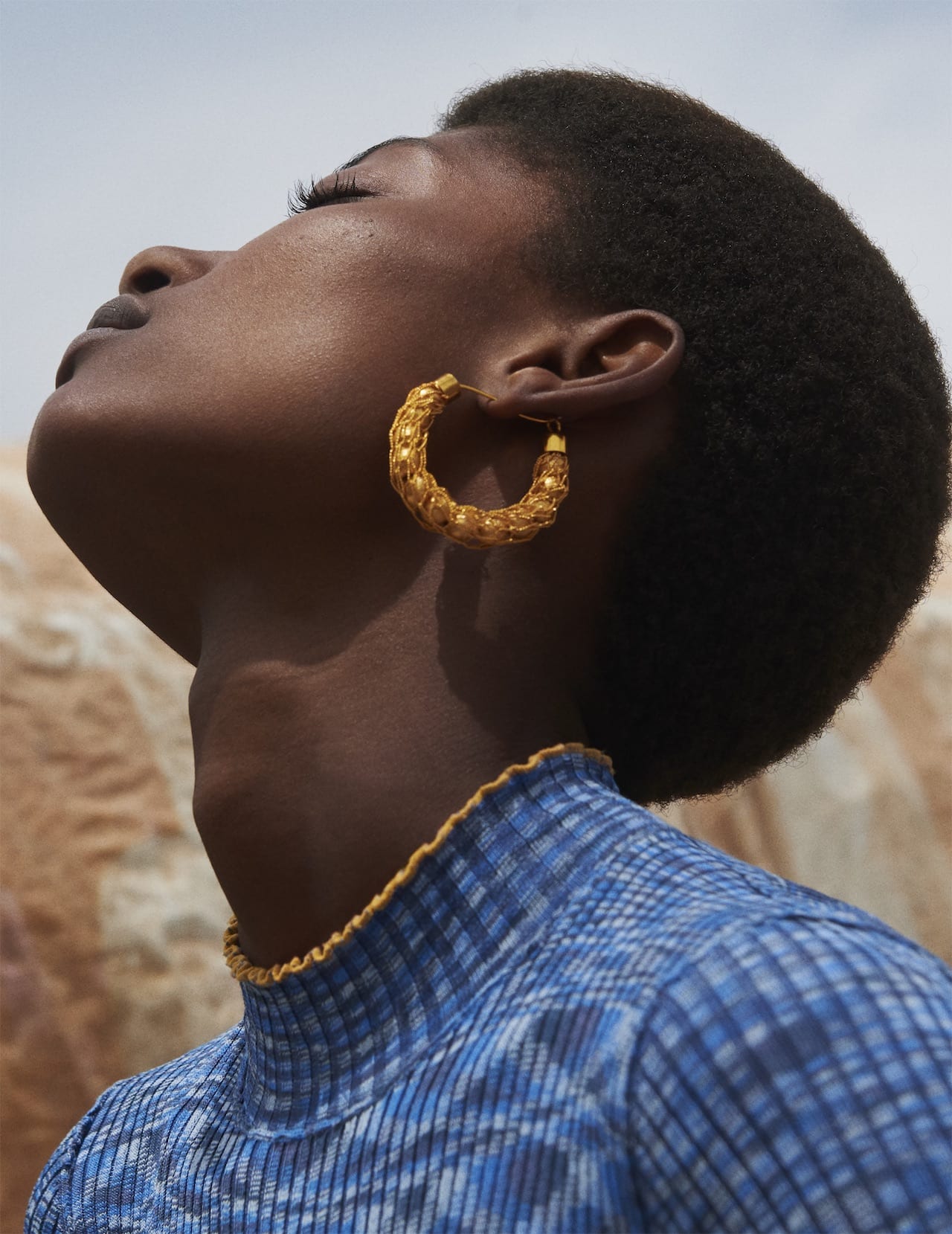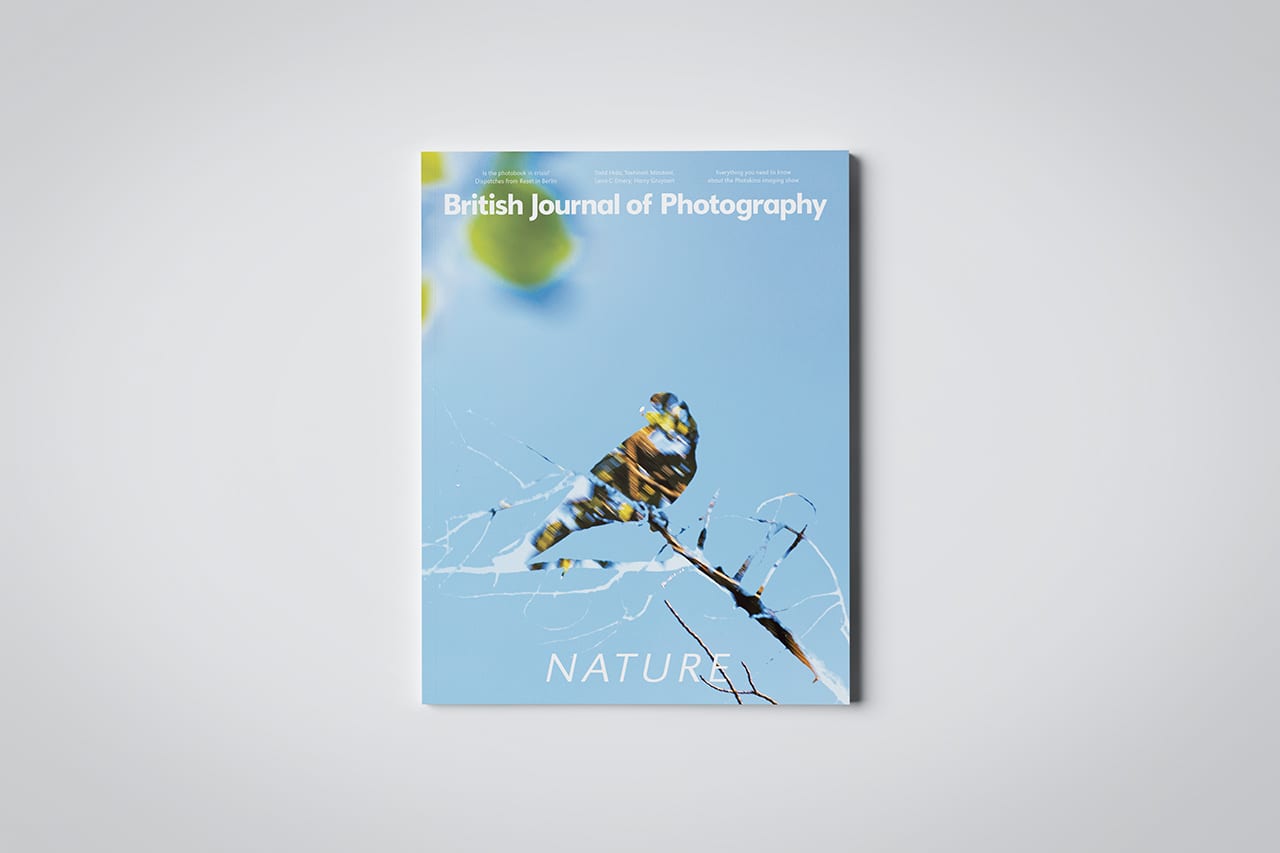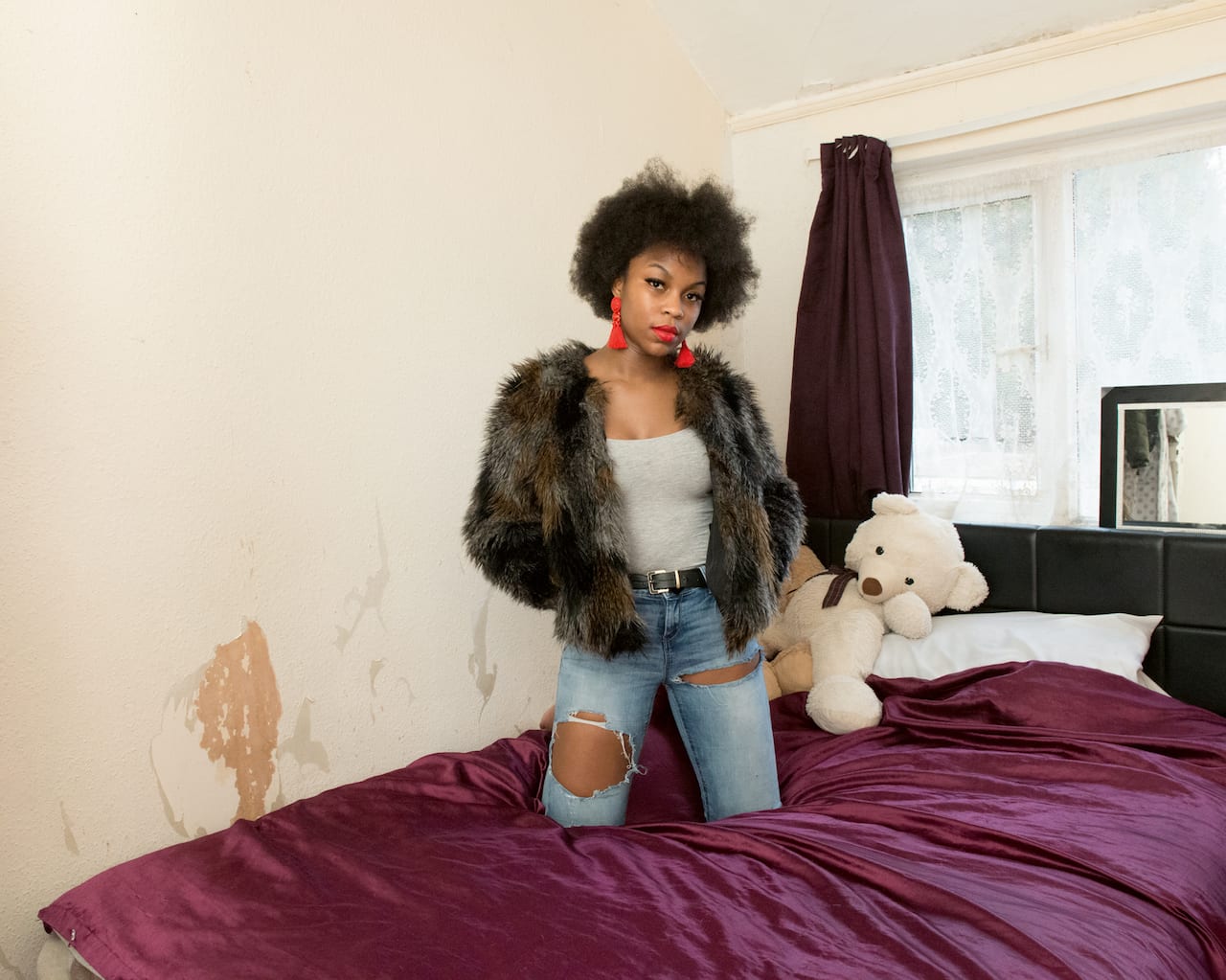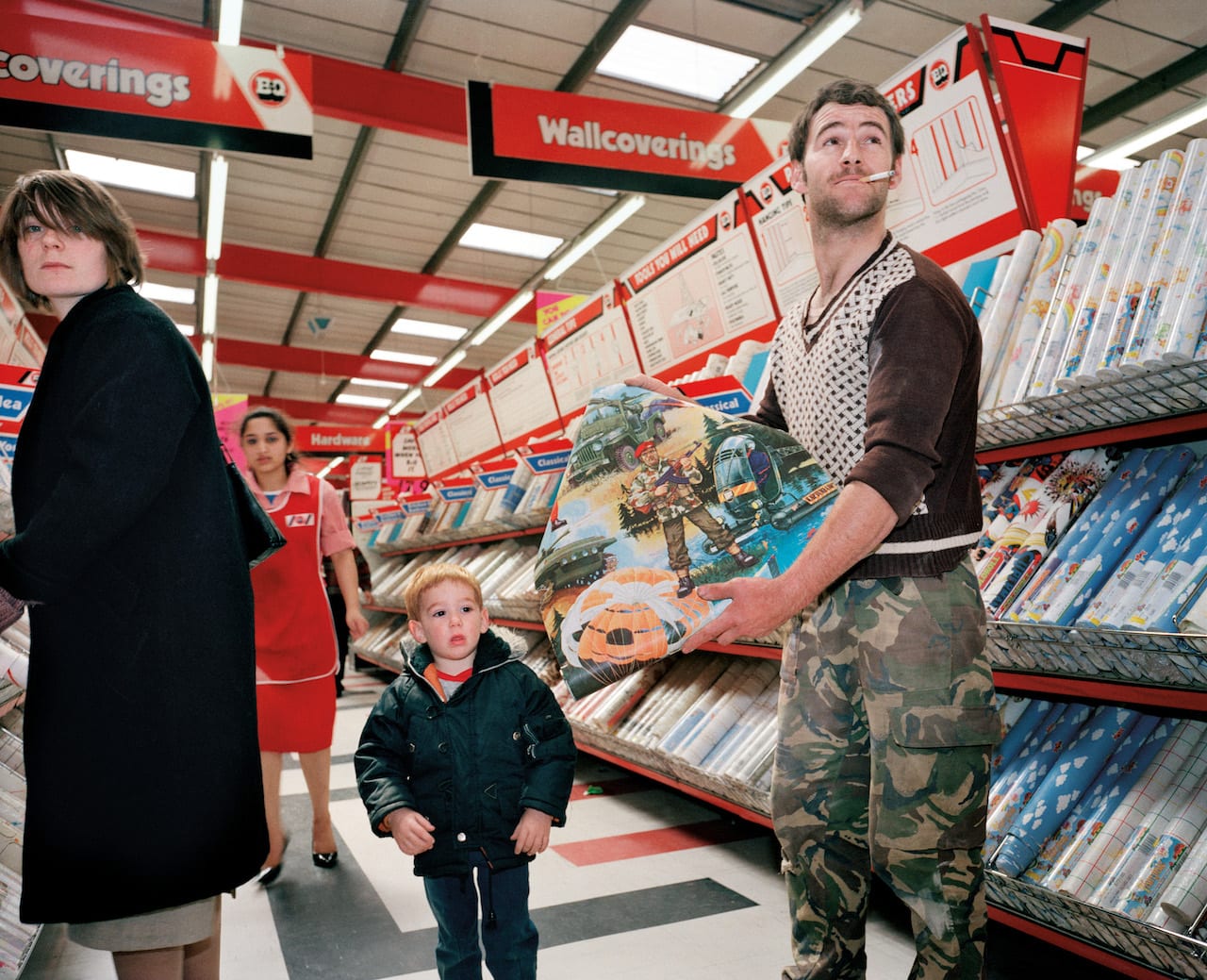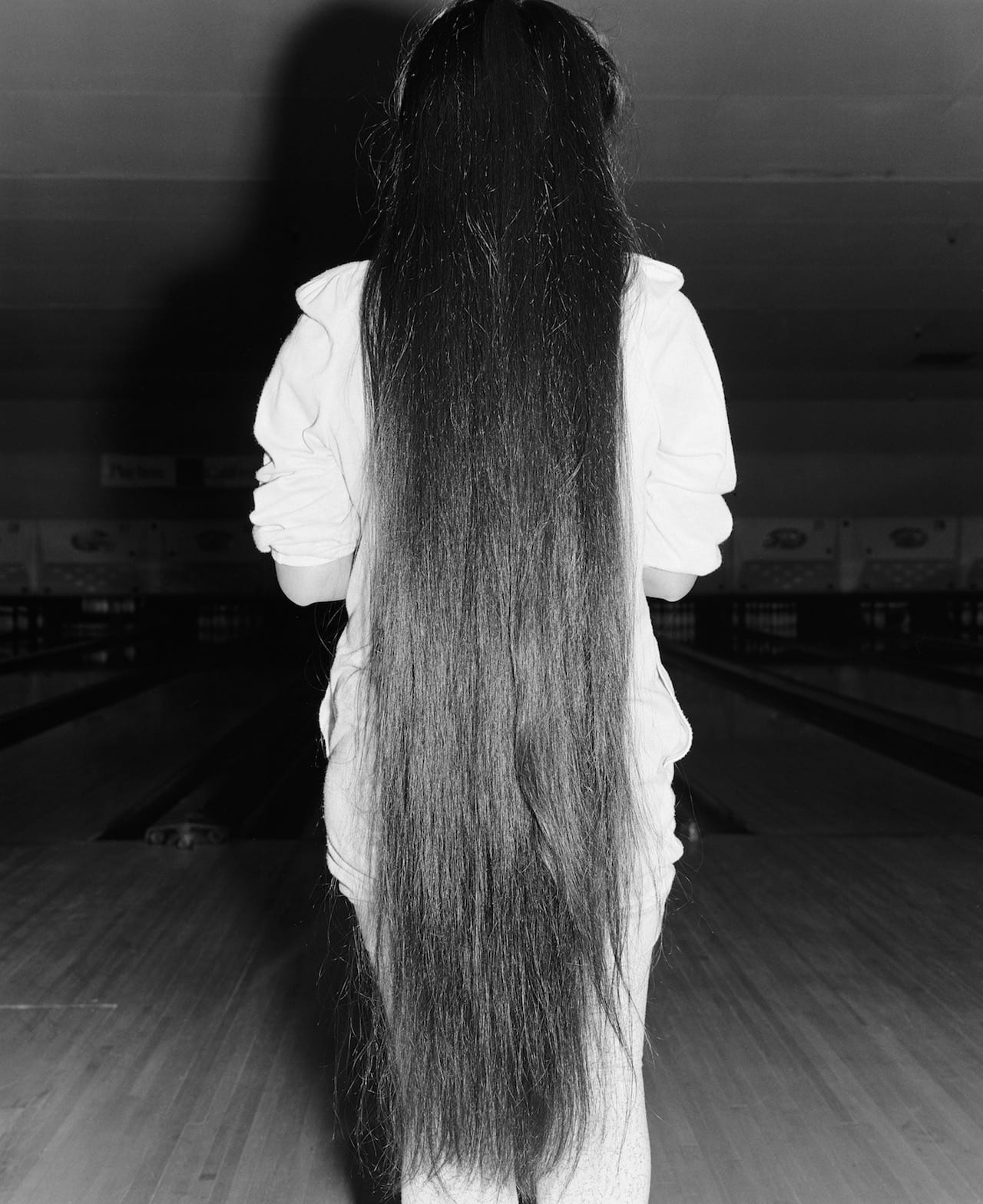Would you want Martin Parr to take your portrait? You might say its a brave soul who goes in front of his penetrating lens, but it’s part of a portfolio of benefits the Martin Parr Foundation is launching in its Membership Scheme.
Parr set up the Bristol-based Foundation in 2014 to house his archive, but in October 2017 it opened to the public in a purpose-built space, offering free access to much more – a rolling programme of exhibitions, a large photobook library, and a growing collection of prints. Parr’s used the opportunity to hone in on British and Irish photographers, as well as work taken in the British Isles by others, and put the focus on their documentary work – an area which he believes is still underrated.

